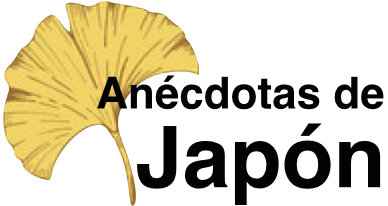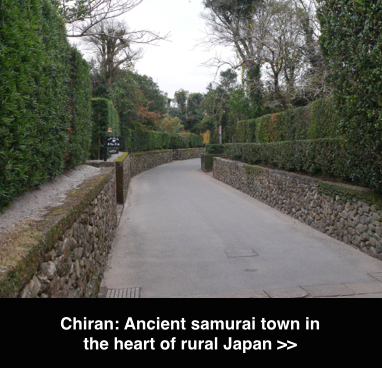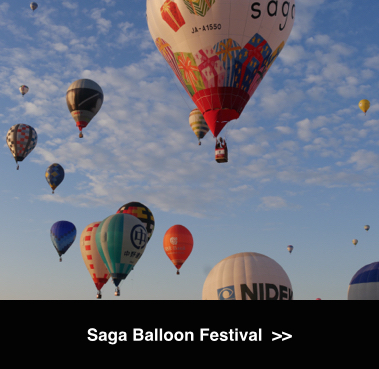I didn’t visit Nikko until my fourth trip to Japan, thinking it would be a bit too crowded for my personal taste. But once there I soon realised this had been a terrible mistake of mine, for Nikko is a beautiful mountain town with nature in every direction, temples and shrines —some grandiose, some hidden— and so many restaurants and good food that it’s worth a visit for the culinary aspect alone.
I’ll tell you about my visit to Nikko. I had the chance to visit during the “Yayoi-sai” festival, celebrated every year during mid-April as a welcome to Spring.
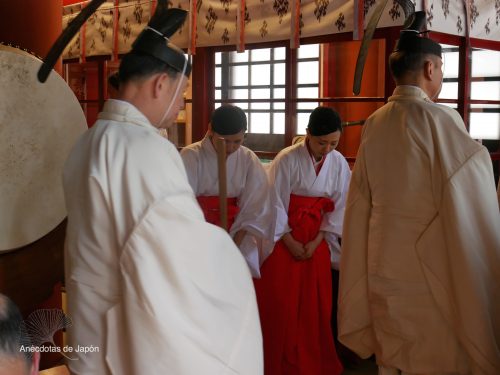
The festival is made up of many small events, like this ceremony at Futarasan Shrine
After a two hour train ride, my sister an I reached Tobu-Nikko station. The first thing we did was put on our jackets, the air in Nikko was chilly compared to Tokyo, and the second, accept a tree branch given to us which was, as they said, “for the festival”. With this little mystery, we took the next bus and soon arrived to Nikko Bridge.
Nikko Bridge is the entrance to the temple area of town. In Spring, when I visited, perhaps it is not the best time to photograph it… but in Summer all the plants and mountains of the bridge’s surroundings are a vibrant green and, in Winter, the scenery is covered in white snow suitable of ancient Japanese legends. In those moments, the red lacquer of the wood seems to shine more. In October, the show of autumn colours almost camouflage the bridge, making it seem like a natural part of the scenery.
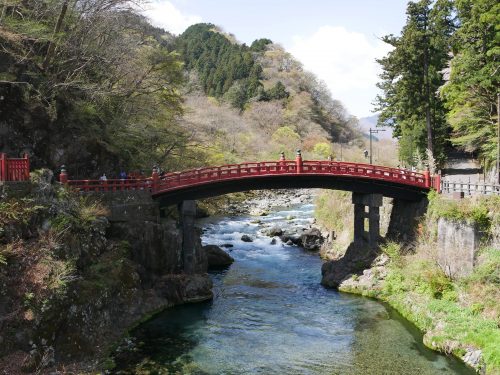
But you mustn’t be concerned if you are visiting in Spring like myself: if you truly want to enjoy lacquered treasures and fiery reds, all that is needed is a small effort for the uphill in front of the bridge and soon you’ll find yourself at Nikko’s famous shrines.
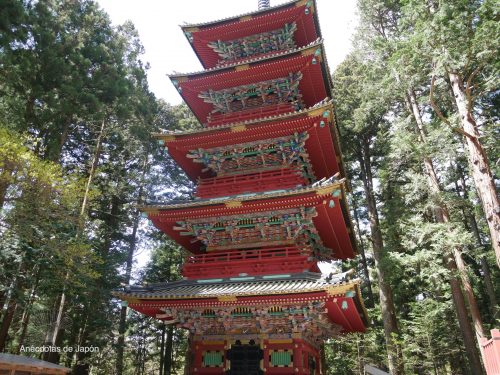
Sometimes it’s best to let the photos speak for themselves:
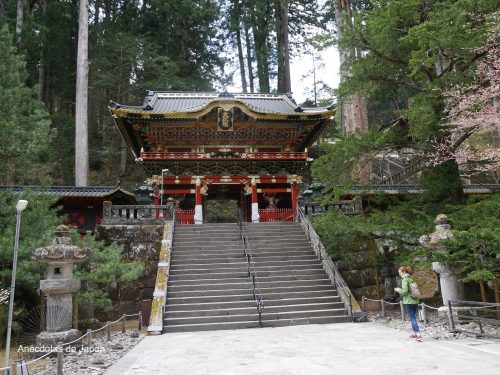
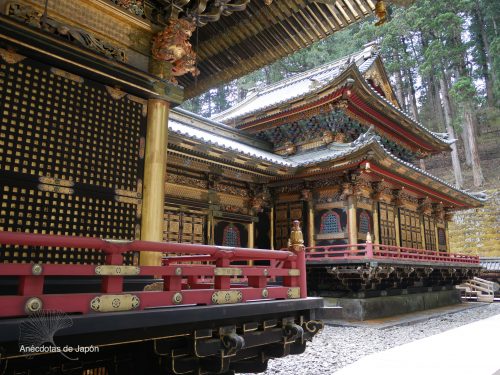
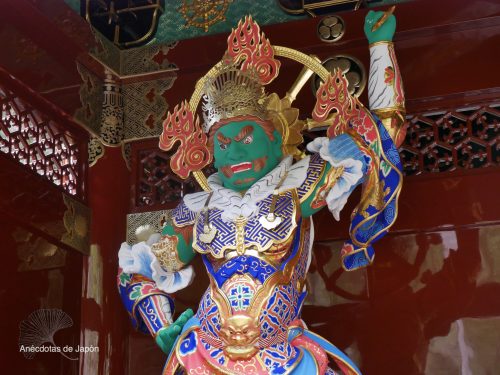
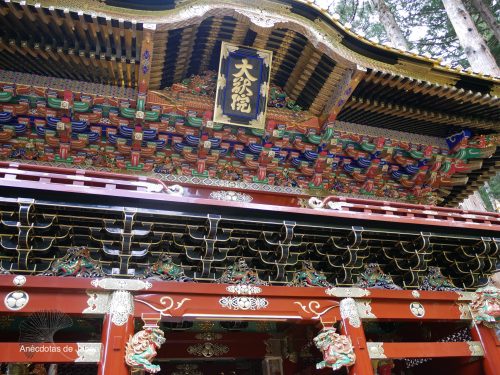
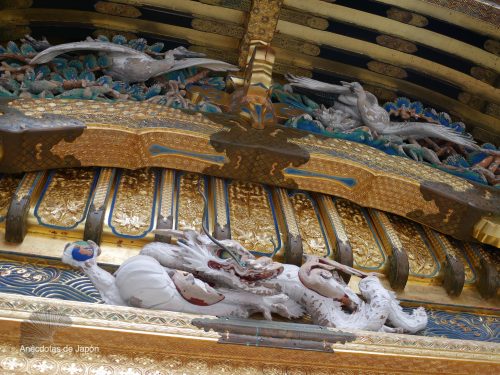
The shrines in Nikko are some of the most intricate and captivating of the country. Among them, the mausoleum of perhaps the most important shogun of Japanese history: Ieyasu Tokugawa. Simply visiting the shrines can take a couple hours.
Even after our morning of culture, we weren’t finished with our visit to Nikko. A friend had recommended a walking trail behind the shrine area, so we followed an empty road that seemed to lead to nowhere. But my map assured me we were on the right track and, indeed, soon we were arriving to a stairway into the forest, framed by tall cedars.
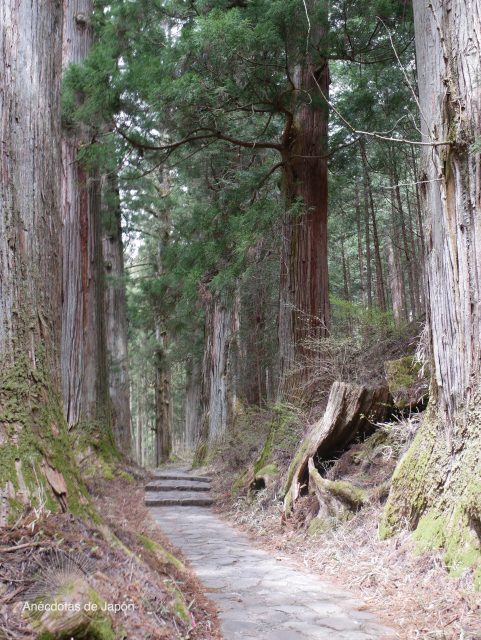
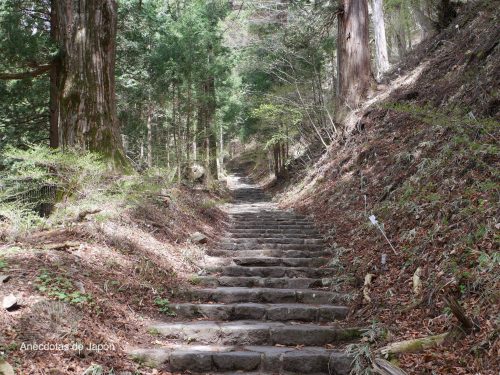
The mountains around Nikko are known for having bears, so my sister and I made sure to talk and sing as we walked to avoid any encounters. The end is marked by a small waterfall and, at the top of the steps, Takinoo Inari Shrine. It is an easy trail for anyone of any level.
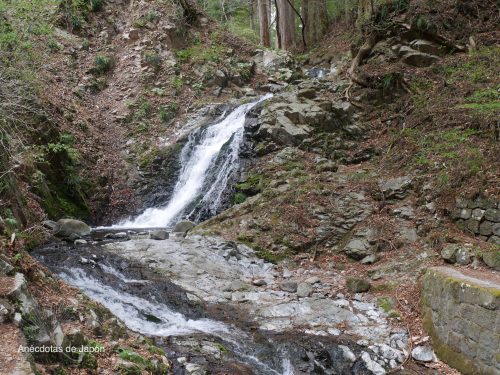
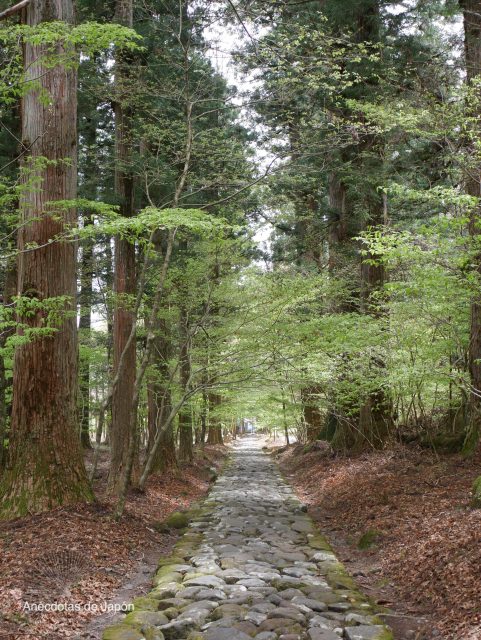
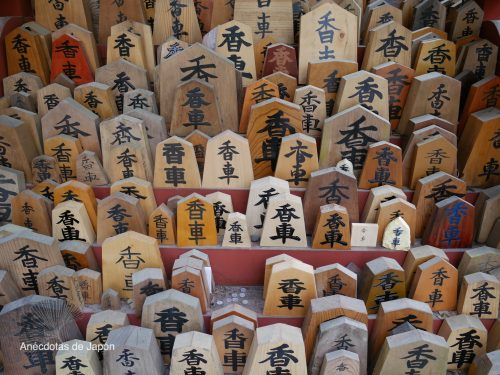
We headed back into town for something to eat and stopped at a small café. They served us Nikko’s famed speciality: yuba. Yuba is tofu skin, made through the boiling of soy milk. It may sound a bit strange at first, but it is actually quite a popular dish in Japan, especially in high class restaurants, so it’s worth a try.
For dessert, I enjoyed a bowl of zenzai, red bean soup with buckwheat balls, a typical Japanese snack, and amazake, literally “sweet sake”. Amazake doesn’t in fact contain any sake, it is a non-alcoholic rice drink, but it is certainly sweet!
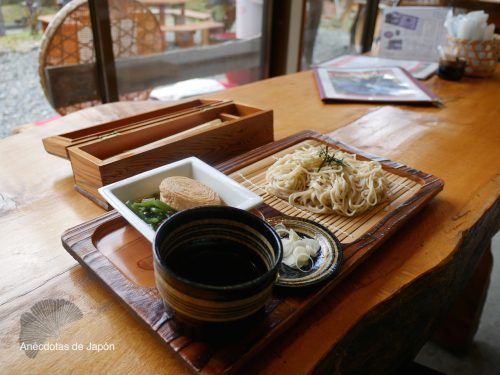
With renewed energy, we made it to the last spot of the day, Kanmangafuchi Abyss. Here there is a long row of Jizo statues overlooking the rocky river. Jizo is a Buddhist figure, protector of the dead, especially children.
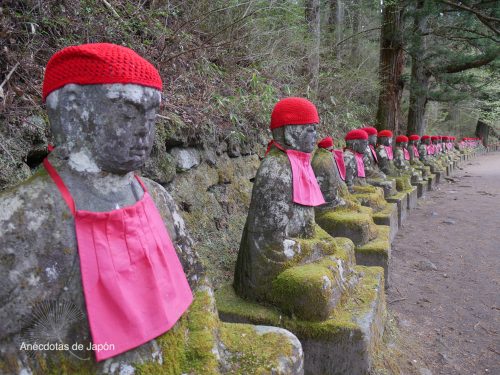
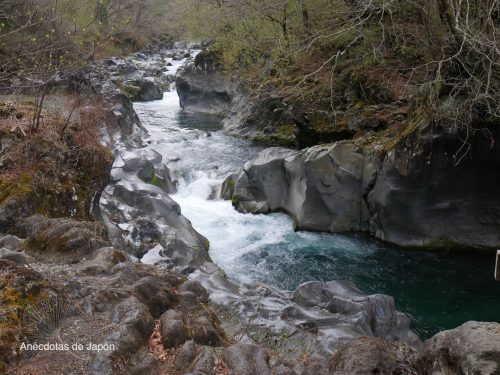
We spent the remainder of the day resting in our minshuku and enjoying the festival. A minshuku is a traditional Japanese inn, but it differs from a ryokan in its more laid back and informal ambience.
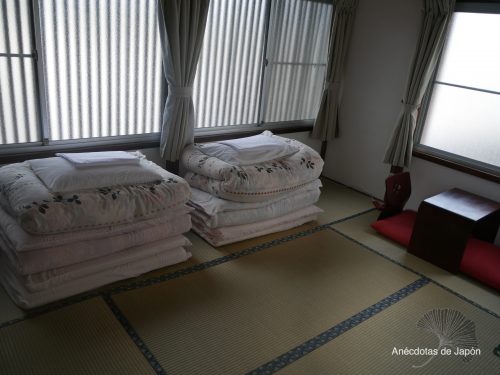
While we were looking at the floats, a man came up to us and gave us a paper charm, he explained that we had to tie it to the mysterious branch we had received that morning. Each float had their own slip which we were to collect for good luck!
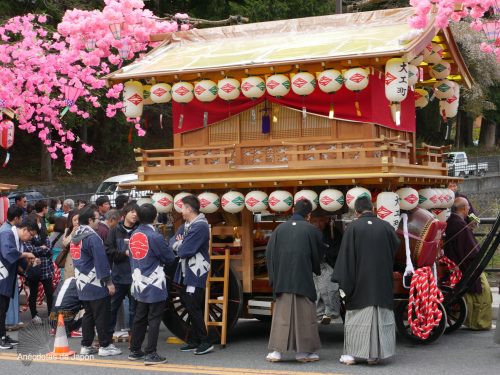
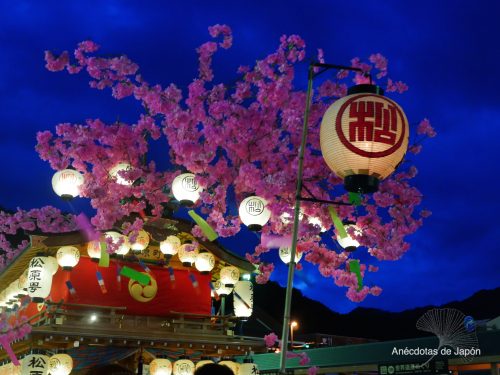
Nikko Bridge became the setting of a Shinto ceremony and, as the sun went down, the carriages started parading down the streets towards the station. We followed the festival through town, sometimes pushing the floats or carrying lanterns ourselves.
It was a noisy night. Drums on each of the floats, men suddenly breaking into song, the continuous croc-croc of wooden shoes and many loud laughs. And, of course, lots of sake!
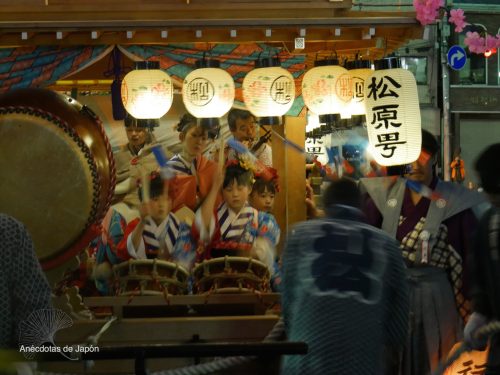
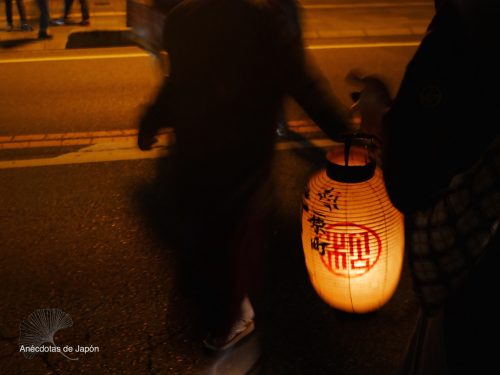
Nikko is a charming town. It is easily done as a day trip from Tokyo and I recommend it to anyone looking to see a more traditional side of Japan.
[sf_button colour=’gold’ type=’sf-icon-stroke’ size=’medium’ link=’/english-blog/’ target=’_self’ icon=’ss-rewind’ dropshadow=’no’ extraclass=”]BLOG HOMEPAGE[/sf_button]
[/spb_text_block] [spb_text_block pb_margin_bottom=”no” pb_border_bottom=”no” width=”1/2″ el_position=”first”] [/spb_text_block] [spb_text_block pb_margin_bottom=”no” pb_border_bottom=”no” width=”1/2″ el_position=”last”] [/spb_text_block]